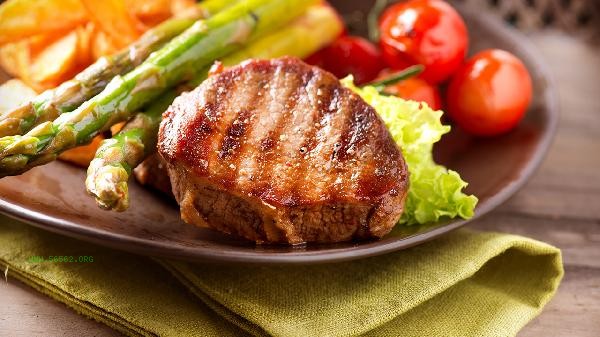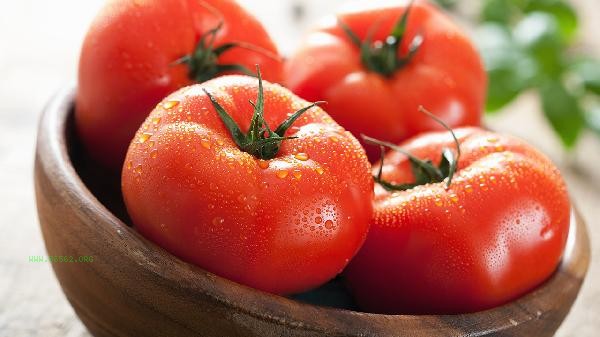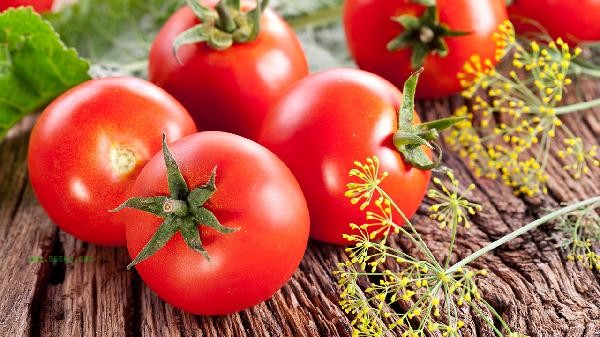The selection of fresh and ripe tomatoes can be comprehensively judged by observing the color, touching the hardness, checking the stem, smelling the aroma, weighing, and other methods.

1. Observe the color.
Mature tomatoes have a uniform bright red skin color, with some varieties appearing pink or yellow. Avoid choosing fruits with uneven green or yellow or partially white. Natural ripe tomatoes will have radial light colored patterns around the navel, while ripening fruits will have a dull and uniform color. Fruits with sufficient sunlight have brighter colors, while those that are dull and lack luster may be stored for too long.
2. Touch hardness
When lightly pressing the fruit with the fingertips, there should be slight elasticity. If it is too hard, it indicates that it is not fully ripe, and if it is too soft, it may begin to rot. High quality tomatoes can quickly rebound after pressing, and the flesh is firm and does not collapse. Avoid choosing fruits with concave or obvious soft spots on the skin, as they are usually already beginning to deteriorate internally.
3. Check the fruit stem
Fresh tomato fruit stems are bright green and tightly connected to the fruit. If they are dry, brown, or easy to fall off, it indicates that the picking time is longer. Light colored star shaped cracks will form around naturally ripe fruit stems, and white traces of pesticides are often left in the artificially ripened fruit stem area.

4. Smell
Mature tomatoes have a fresh sweet and sour fruit aroma near the stem, while those that are tasteless or have a grassy smell may not be mature, and the fermented flavor may have spoiled. Tomatoes grown outdoors in summer have a stronger aroma, while greenhouse products in winter have a weaker odor. It is recommended to avoid purchasing if there is a chemical odor on the surface of the fruit peel.
5. Weighing
Under the same volume, heavier ones have more abundant juice, while lighter ones may have dried flesh or hollow interiors. When weighing tomatoes in the palm of your hand, high-quality fruits will have a heavy and heavy texture. When purchasing in winter, you can observe whether the surface of the fruit is frosted. Frosting indicates that it has been frozen and transported, which affects the taste.

For daily storage of tomatoes, it is recommended to dry the surface moisture and place them with the stem facing down in a cool and ventilated place to avoid direct sunlight that accelerates decay. Fully ripe tomatoes can be stored in the refrigerator, while unripe tomatoes need to be ripened at room temperature. Titing before cooking can reduce the astringency and make it easier to peel off cold dishes by boiling them in hot water. People with spleen and stomach deficiency and cold should not consume too many tomatoes on an empty stomach, and those with excessive stomach acid should avoid eating acidic foods together. Choosing organically grown tomatoes can reduce the risk of pesticide residues, and those with natural blemishes on the skin often have a richer flavor.








Comments (0)
Leave a Comment
No comments yet
Be the first to share your thoughts!